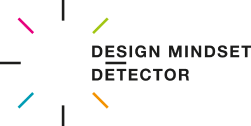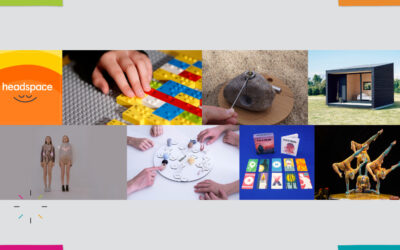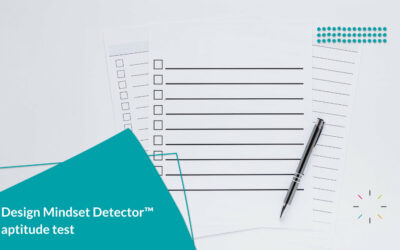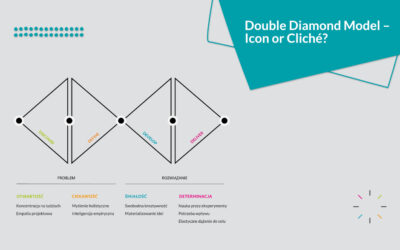In business, one of the challenges is fully understanding the potential of implementing a customer-centric culture, where the cult of expertise and authority dominates. We work as experts in a given field, and years of experience make us believe that we always know the answers to all questions.
Contents
- How does a product and service designer work?
- How does expertise impact female and male values in business?
- The concept of female and male values
- Female or male leadership of the future
- Female values and the Design Mindset
How does a product and service designer work?
The work of a product and service designer is based on not assuming in advance that we know where the problem lies. Designers allow themselves the freedom to not know. The design process creates space for exploration, mainly through user research, to best understand their perspective. Only then is the design challenge formulated based on real, not imagined, needs.
How does expertise impact female and male values in business?
The issue of how expertise impacts female and male values in business intrigued me some time ago, and working on the Design Mindset Detector tool provided even more space for reflection. An inspiration was also Maureen Murdock’s book “The Heroine’s Journey,” which was published in Polish. Although female and male narratives differ, female and male values are universal and independent of gender.
The concept of female and male values
The concept of female and male values was introduced by Dutch social psychologist Geert Hofstede in the late 1960s and early 1970s. Hofstede studied IBM employees in dozens of countries to understand the impact of national culture on management styles. He attributed styles – male and female – not only to individuals but also to entire societies.
Male cultures are primarily characterized by the pursuit of success, money, material goods, and competition. Hierarchy dominates, and social roles (including gender roles) are rigidly divided and maintained. In female cultures, empathy, caring for others, cooperation, and building relationships play a key role, and gender roles are more blurred. Hofstede’s research showed that depending on the prevailing culture in a given country, management styles in workplaces vary.
Female or male leadership of the future
In 2013, John Gerzema and Michael D’Antonio conducted a fascinating study on female and male values in the context of leadership. The study involved 64,000 people from 13 countries (from both Americas, Europe, and Asia), representing a wide cross-section of societies.
The results, published in the book “The Athena Doctrine,” showed that 57% of people are dissatisfied with the male style of management in their countries, including 79% of Japanese, Koreans, and over two-thirds of residents of Indonesia, Mexico, the UK, and the USA. This dissatisfaction was particularly noticeable among the millennial generation, 80% of whom expressed their discontent – especially in societies considered very masculine, such as Brazil, South Korea, Japan, and India. Two-thirds of respondents said that “the world would be a much better place if men thought and acted more like women.”
Researchers divided participants into two groups. One group was tasked with grouping 125 different traits as female, male, or neutral. The other group chose which traits they considered key to effective leadership, without categorizing them as female or male. Empathy, cooperation, expressiveness, loyalty, patience, flexibility, intuition – these traits were associated worldwide with “femininity.” The same traits were also associated with happiness, success, and morality. Respondents indicated they wanted to see these traits in their leaders.
Does this mean we are witnessing the end of the era of hierarchy, top-down approach based on power and authority? Is a new era of openness, cooperation, balance, partnership, and empathy already on the horizon?
Female values and the Design Mindset
Design Mindset is an attitude characterized by thinking and actions typical of designers. It is based on four pillars: openness – to people and their needs, curiosity about everything new, courage in taking action, and determination in achieving goals, even if it involves risk. According to the independent research institute, Institute for the Future in Palo Alto, California, Design Mindset is one of the ten key competencies of future employees. This thesis is also confirmed by the 2019 report “Future Skills – How to Shape Them in a Flexible Educational Ecosystem?” prepared for PFR and Google.
Interestingly, the profession of designer was initially shaped mainly by men, and the Design Mindset has its roots in design methods that began to be codified in the mid-20th century. Today, gender balance is increasingly noticeable in the design world. Designers working in various fields of design – products, visual communication, interior architecture, service design, and interaction design – share a unique approach to problem-solving. It is not an approach based on authority, expertise, or imposing solutions on others, but one that draws inspiration from others, creates value based on cooperation, transparency, and flexibility.
Everything indicates that future leaders are those who can use the approach characteristic of designers, regardless of gender.





